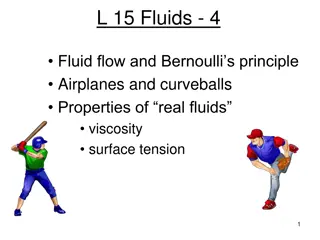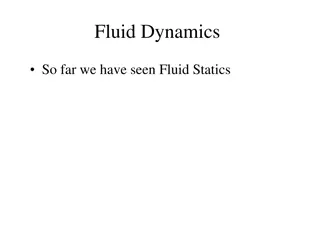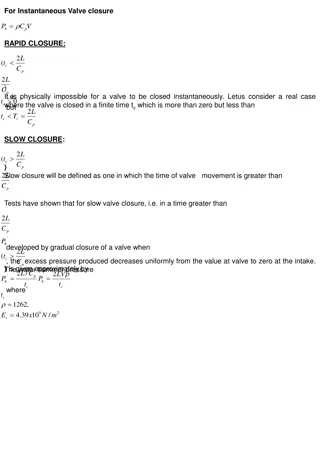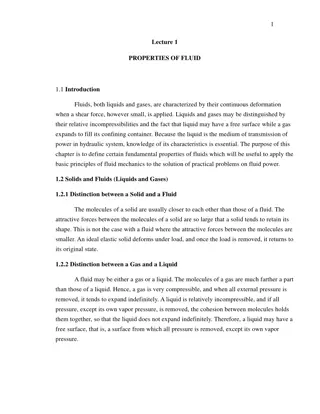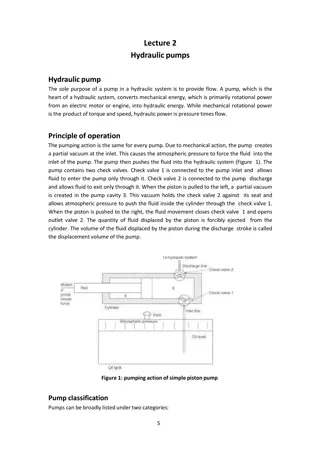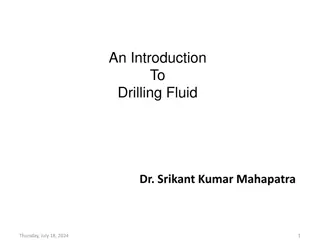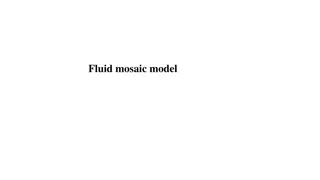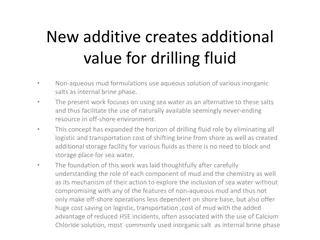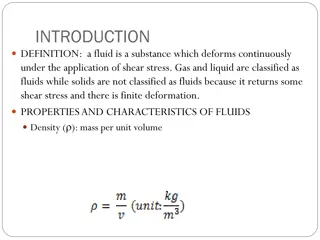Understanding Viscous Fluid Behavior in Engineering Applications
Viscosity is a crucial property in fluid mechanics, impacting how fluids deform and move. Engineers measure viscosity using factors like resistance to deformation and fluid behavior classifications such as Newtonian, shear thinning, shear thickening, and Bingham plastic. This knowledge is essential in various industries like petroleum, printing, and food processing.
Download Presentation

Please find below an Image/Link to download the presentation.
The content on the website is provided AS IS for your information and personal use only. It may not be sold, licensed, or shared on other websites without obtaining consent from the author. Download presentation by click this link. If you encounter any issues during the download, it is possible that the publisher has removed the file from their server.
E N D
Presentation Transcript
Viscous Fluids Viscosity is how engineers measure the resistance of fluids when being deformed: = (du/dy) The less viscous the fluid, the greater its ease of movement. Viscosity is useful for calculating the force needed to move a fluid. For example, in these industries: petroleum printing food and beverages
Fluid Behavior: Newtonian Newtonian identified by linear behavior constant viscosity that is independent of velocity Slope is defined as the viscosity Examples: water gasoline most gases
Fluid Behavior: shear thinning Shear thinning identified by: viscosity decreases as velocity increases Scientists do not fully understand what causes this phenomenon Examples: ketchup whipped cream paint motor oil
Fluid Behavior: shear thickening Shear thickening identified by: viscosity increases as velocity increases Due to closely packed particles that are combined with enough fluid to fill the space between them Examples: body armor viscous coupling unit (traction control) cornstarch
Fluid Behavior: Bingham plastic Bingham plastic behaves as a solid at low stresses, but flows as a viscous fluid at high stresses Due to particles in material having weak bonds that can be broken, allowing material to flow. Yet, when stress is gone, the bonds form again. Example: toothpaste










